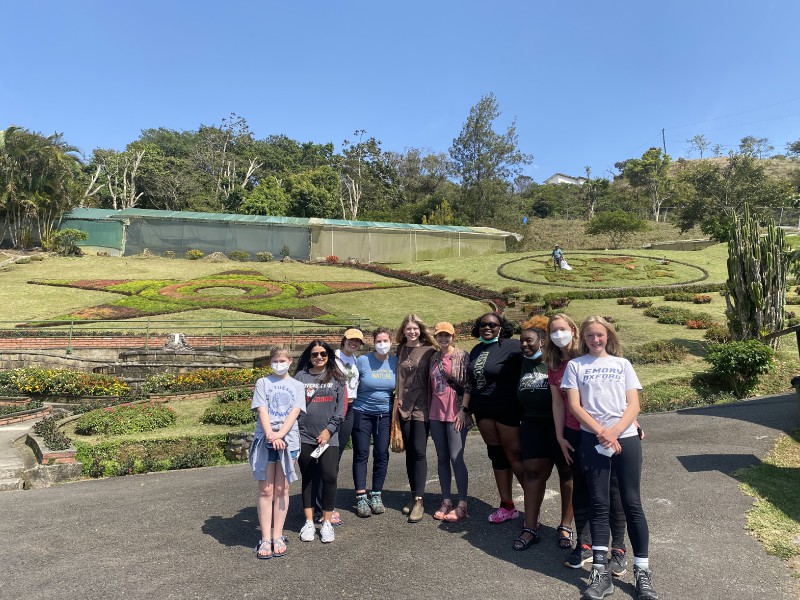We are pleased to welcome the students from Lebanon Valley College to our country, the group will be accompanying us for 4 weeks where they will be studying Spanish with our program while learning and enjoying our culture and natural wealth!
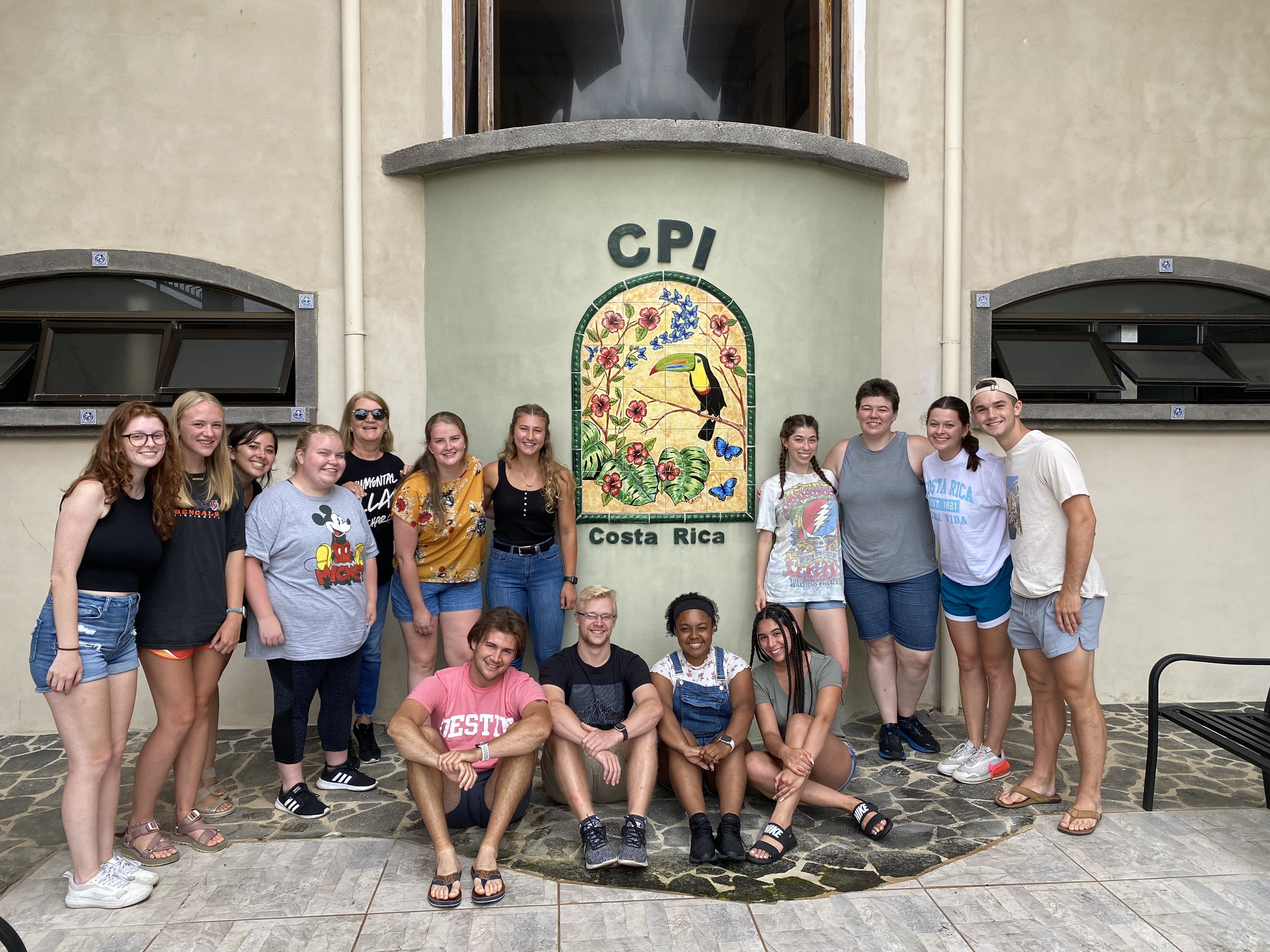
We are pleased to welcome the students from Lebanon Valley College to our country, the group will be accompanying us for 4 weeks where they will be studying Spanish with our program while learning and enjoying our culture and natural wealth!

Very excited and eager to learn, we welcome the Windham High School group that will accompany us for two weeks at the Flamingo and Monteverde campuses. They will have a few weeks full of adventure and experiences in which they will enjoy our beautiful beaches and natural riches! On this day right after their arrival they had a delicious lunch and later we continued our way to Flamingo where the Costa Rican families are waiting for their arrival.
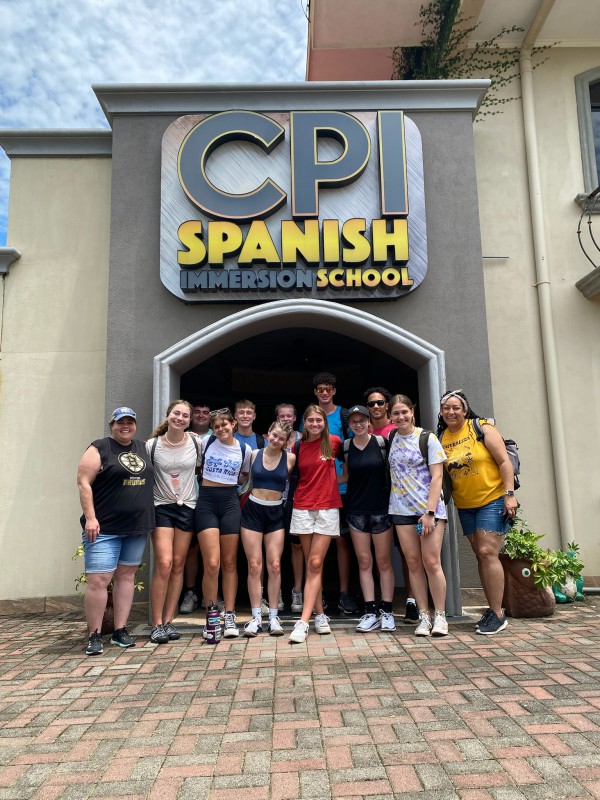
Bienvenidos al grupo Muskingum University, unos chicos llenos de energía y con muchas ganas de aprender.
Este día hicimos la caminata por San José, los chicos conocieron un poco de la cultura e historia por medio de visitas a los museos, murales, parques, entre otros. Luego Visitamos la Fábrica de carretas Eloy Alfaro, y disfrutamos de un delicioso almuerzo en El Jardín, nos trasladamos luego al CPI Monteverde en dónde se dio la charla de orientación y los chicos conocieron a sus familias ticas de la zona.
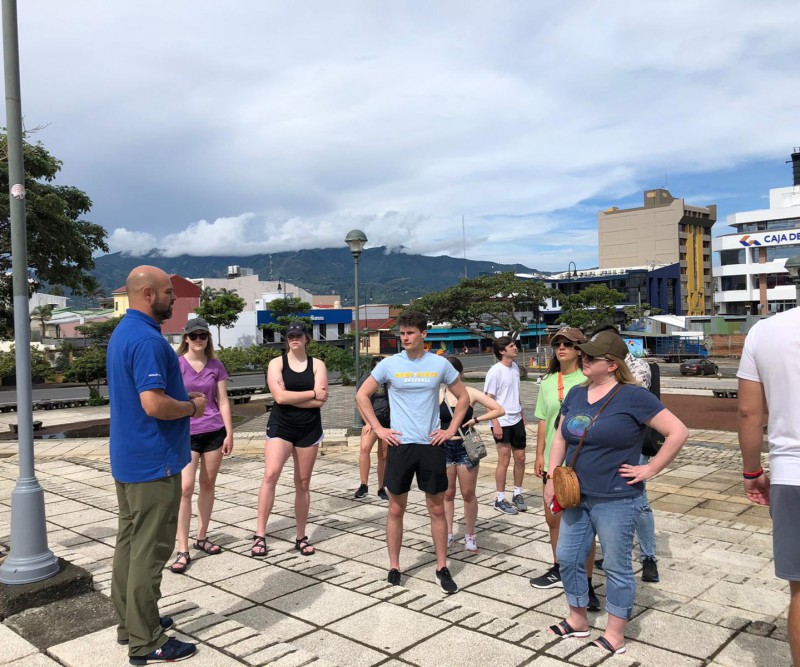
Sunday May 29, we welcome the group from Arkansas State University ASU 2022, a group that will be with us for 4 weeks, in Heredia and Monteverde campuses, besides Spanish classes, they will do volunteer work and different activities throughout their stay in Costa Rica.
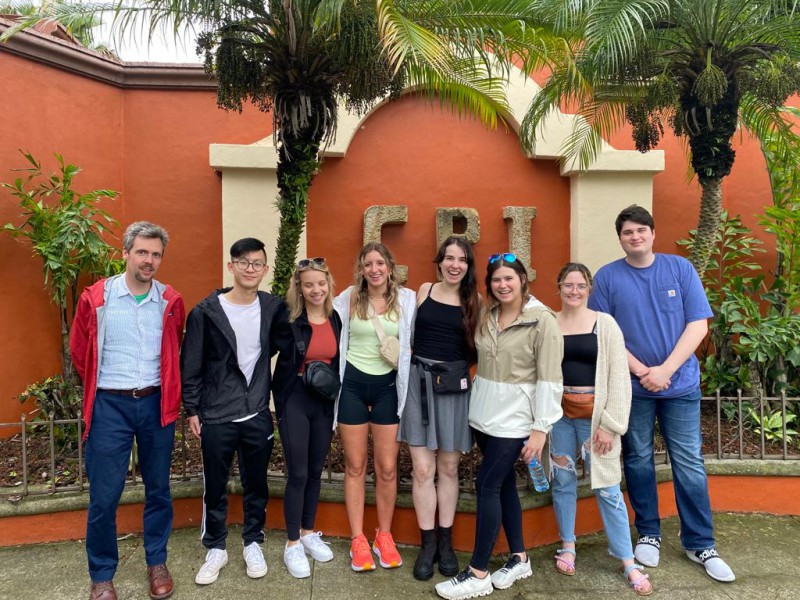
Bienvenidos al grupo Walnut Grove High School sin duda una aventura hermosa llena de aprendizaje, diversión y grandes experiencias, después de arribar al país nos trasladamos a Monteverde, en el camino disfrutamos de un rico almuerzo, cuando llegamos al campus del CPI tuvimos una orientación y luego las familias ticas estaban esperando para llevar a cada una de las chicas a sus nuevos hogares.
